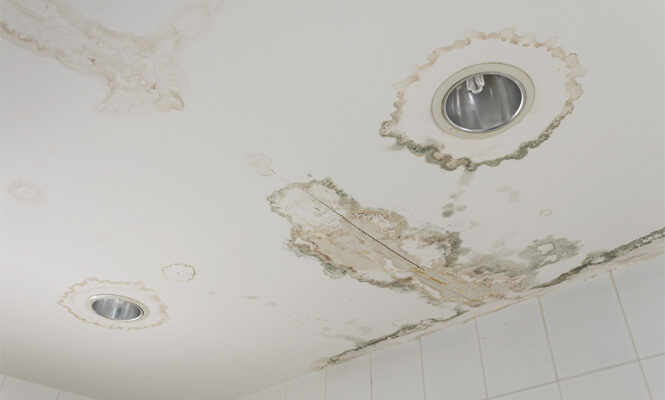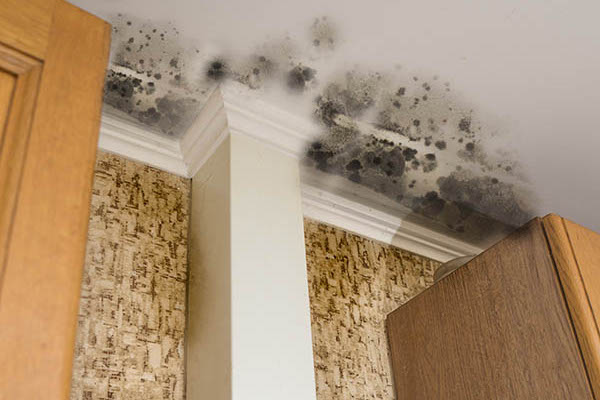Tips on Managing Water Stains on Walls: Checks and Solutions
Tips on Managing Water Stains on Walls: Checks and Solutions
Blog Article
We have encountered this post involving How to Remove Water Stains from Walls and Ceilings listed below on the internet and concluded it made sense to write about it with you on my blog.

Water stains on walls are not pleasurable to the eyes. Occasionally it appears almost unavoidable to experience water spots on wall surfaces in residences.
Homeowners living in moist regions frequently deal with the concern of water stains on wall surfaces. With well-shaped as well as accurate details on the causes of water spots and also punctual repair service processes, you will constantly be a step ahead of such events.
3 Usual Root Causes Of Water Stains on Wall Surfaces
Contrary to common belief, water stains on wall surfaces do not always come from inadequate building products. There are several sources of water stains on wall surfaces. These include:
Moist
When warm moist air meets dry chilly air, it causes water droplets to base on the wall surfaces of structures. When there is vapor from cooking or showers, this takes place in washrooms and cooking areas. The water droplets can tarnish the surrounding walls in these parts of your residence and infect other locations.
Damp or condensation influences the roof as well as walls of structures. This creates them to appear darker than various other areas of the residence. When the wall is wet, it develops a suitable atmosphere for the growth of microorganisms and also fungi. These might have unfavorable results on health, such as allergies and also respiratory conditions.
Poor Drain
When making a building strategy, it is crucial to make sure adequate drain. This will certainly avoid water from permeating into the wall surfaces. Where the drainage system is blocked or missing, underground dampness builds up. This web links to too much dampness that you see on the walls of your structure.
The leading reason of wet wall surfaces, in this situation, can be a poor water drainage system. It can likewise be due to inadequate monitoring of sewage pipes that go through the building.
Pipeline Leaks
Many homes have a network of water pipelines within the wall surfaces. It always increases the viability of such pipelines, as there is little oxygen within the wall surfaces.
Yet, a drawback to this is that water leakage influences the wall surfaces of the building and causes extensive damage. A dead giveaway of damaged pipelines is the look of a water stain on the wall.
Pro Tip
A houseplant in your home additionally raises its moisture. If the house is already moist, you might want to introduce houseplants with marginal transpiration. An instance of appropriate houseplants is succulents.
Water Stains on Wall Surface: Fixing Tips
House owners would generally desire a quick fix when taking care of water spots. They would soon realize this is counterproductive as the water discolorations persist. So, right here are a few useful tips that will lead you in the repair service of water spots on walls:
Verdict
No one wants to have water stains on walls in their residence, it can occur to the best of us. This article offers you take advantage of, as you now recognize how to manage this mishap if it does happen.
It is always best to hire professional solutions to help take care of the problems in your house.
Sometimes it seems practically unavoidable to experience water spots on wall surfaces in residences.
In contrast to preferred idea, water discolorations on wall surfaces do not constantly stem from poor building materials. There are several reasons of water discolorations on wall surfaces. The water beads can tarnish the bordering wall surfaces in these components of your residence and also spread to various other locations.
Below are a couple of valuable pointers that will assist you in the repair of water spots on wall surfaces:
CHECKING FOR WATER DAMAGE
Water damage can be costly, and it may begin before you even notice the first signs of trouble. Water damage can cause mold and mildew in your walls and floors, which can create an abundance of health concerns for your family. It can also lead to costly repairs of various appliances and general home fixtures. To avoid the pricey consequences of water damage, here are Warner Service s top 5 places you should check:
The walls The easiest place to spot the beginnings of water damage is on the walls and ceilings of your home. If water damage is present, there will most likely be water stains, especially around the windows and doorframes, and/or cracks in the drywall. If a stain looks unusual (discolored to brown, black or gray, raised texture), has a swollen appearance or is soft to the touch, contact a professional immediately. The pipes To avoid water damage, consistently check the pipes in your kitchen (especially the dishwasher and ice maker), bathrooms, laundry room (specifically washing machines) and basement for corrosion, leaks and water stains. Pay special attention to where the pipes connect in your home and the location of caulking around the bathroom fixtures, including toilets, sinks, showers and tubs. Missing or loose caulking and grout could be signs of leaking water. This seepage can also quickly cause mold and rust, so double check your water heater and tank for wet spots on the floor. The floor Water damage is very easy to spot on the floor. Look for any warping or buckling of the material, especially in the basement. If your home has wood flooring, look for bright white or dark stains. If your home has carpeting, keep it dry and clean. A damp carpet that smells of mold could cause water damage and health problems. To avoid this, consider installing floor pans under your appliances to help prevent damages from small, slow and undetected leaks. The basement and attic If your basement or attic smells odd check for mold and mildew around the area, especially the valley where the roof meets. While you are inspecting those areas, check for wall cracks, floor stains, rust and dampness in the insulation. If you live in a colder and/or rainier climate, perform routine checks for water damage from melting snow or ice and rain. The exterior Check the roof for damaged flashing and missing, cracked or curled shingles. There should also be no standing water anywhere outside your home. This could be caused by puddles, leaky rain gutters or hoses, poor drainage, or short gutter spouts. Invest in a sump pump system or water flow monitoring system, and perform routine maintenance on these outdoor appliances to avoid indoor water damage.

I stumbled upon that piece about when surfing the internet. Enjoyed reading our entry? Please share it. Let another person discover it. Many thanks for your time. Please visit our blog back soon.
Book Today! Report this page